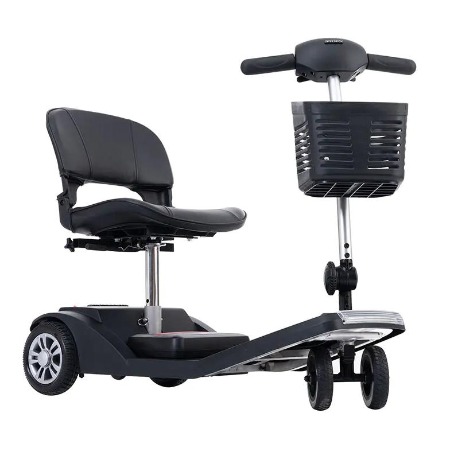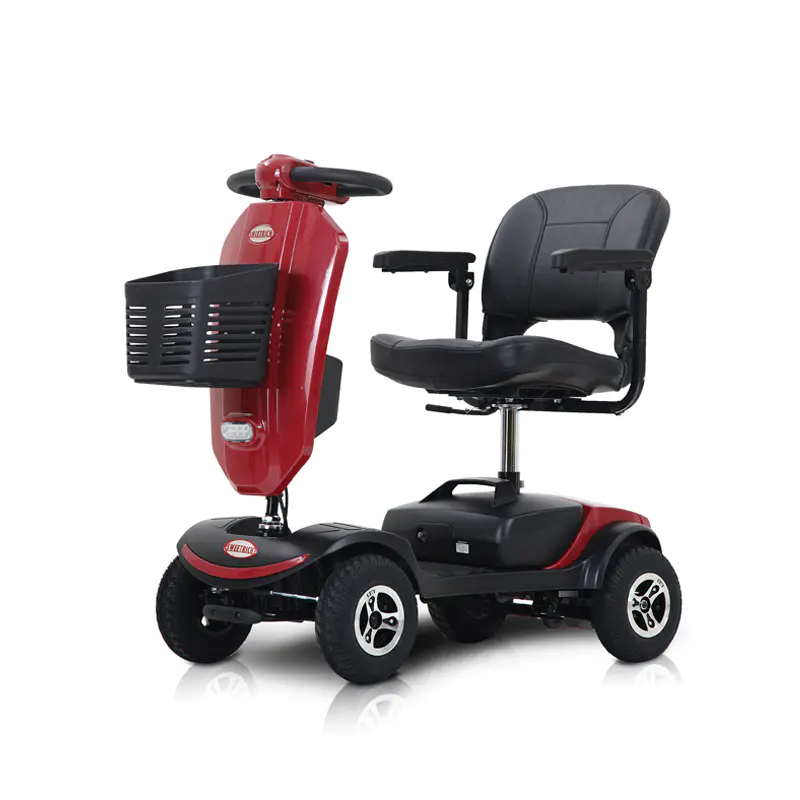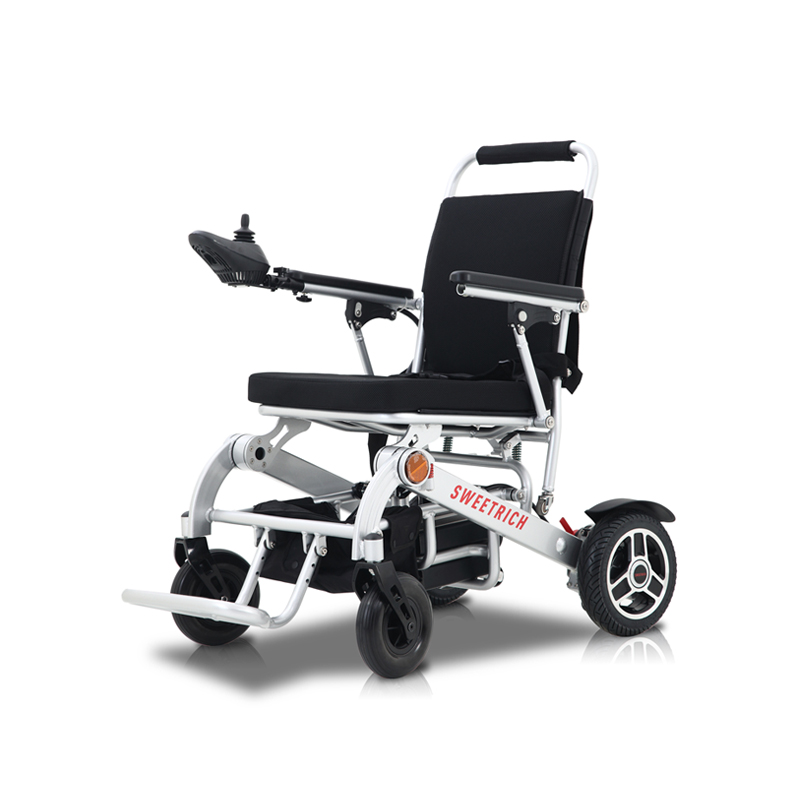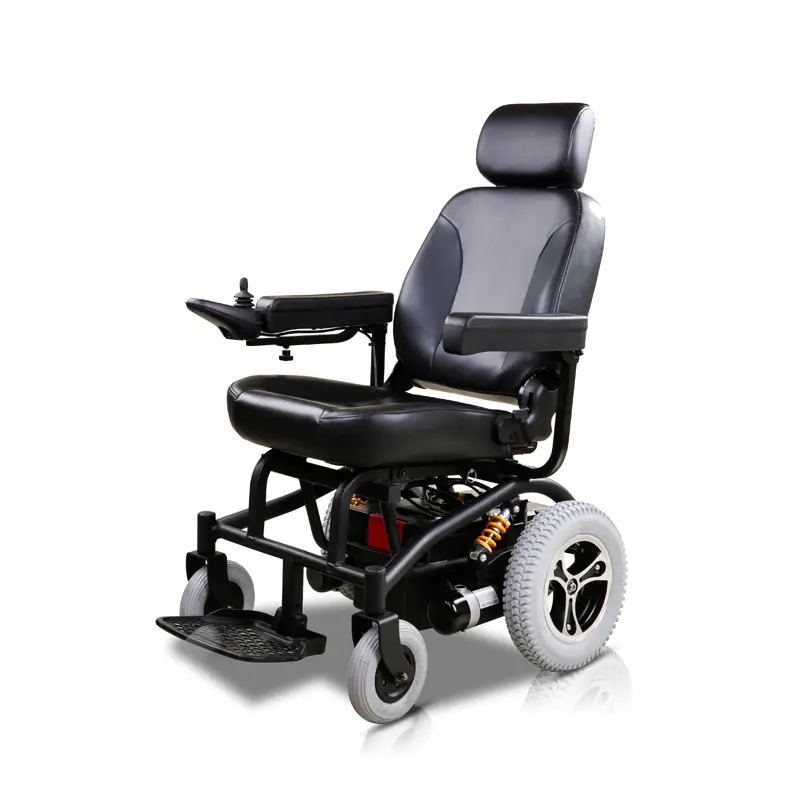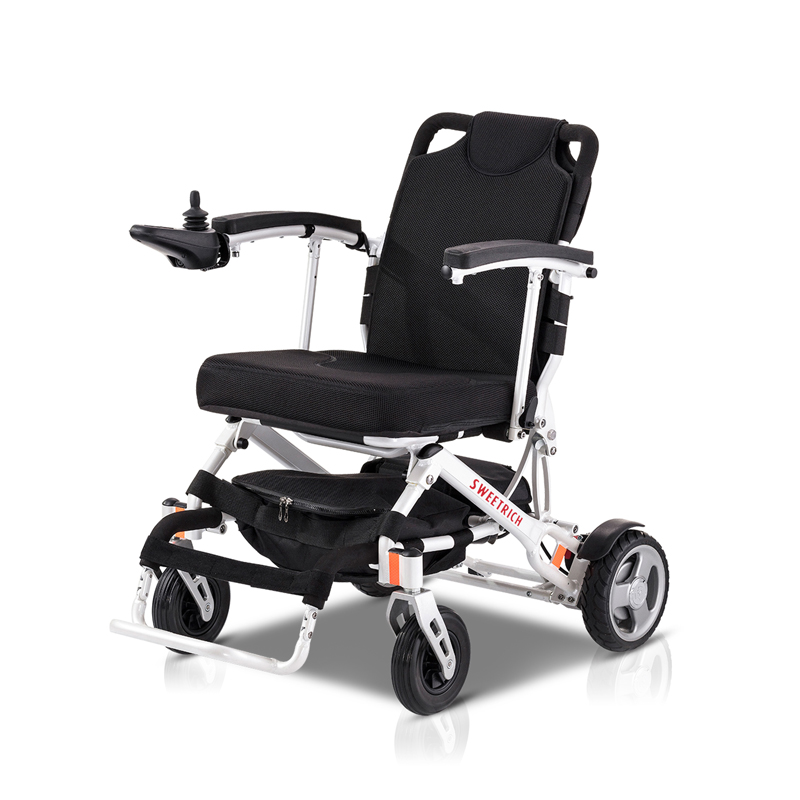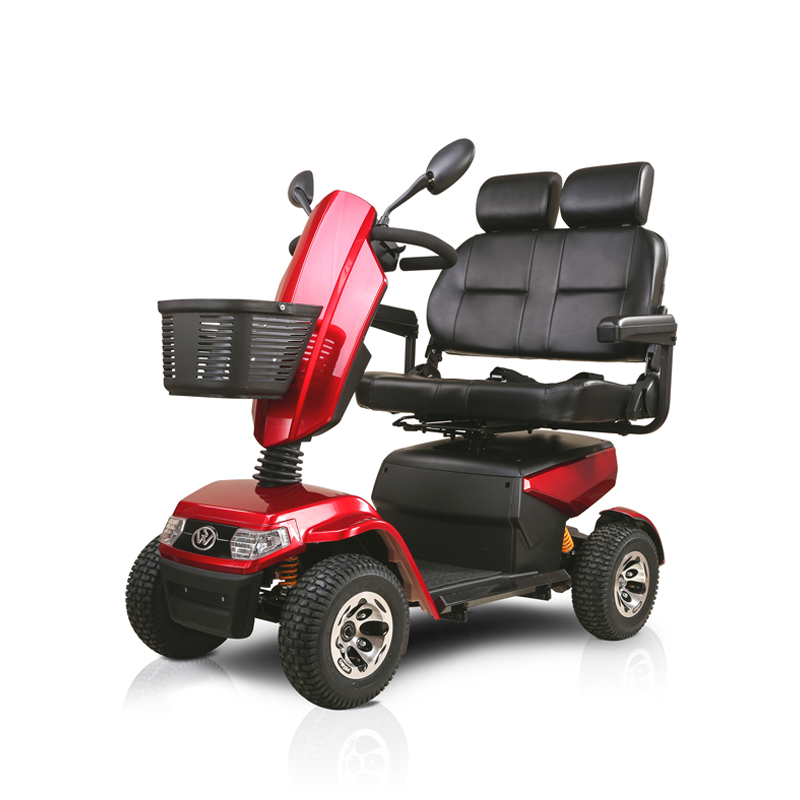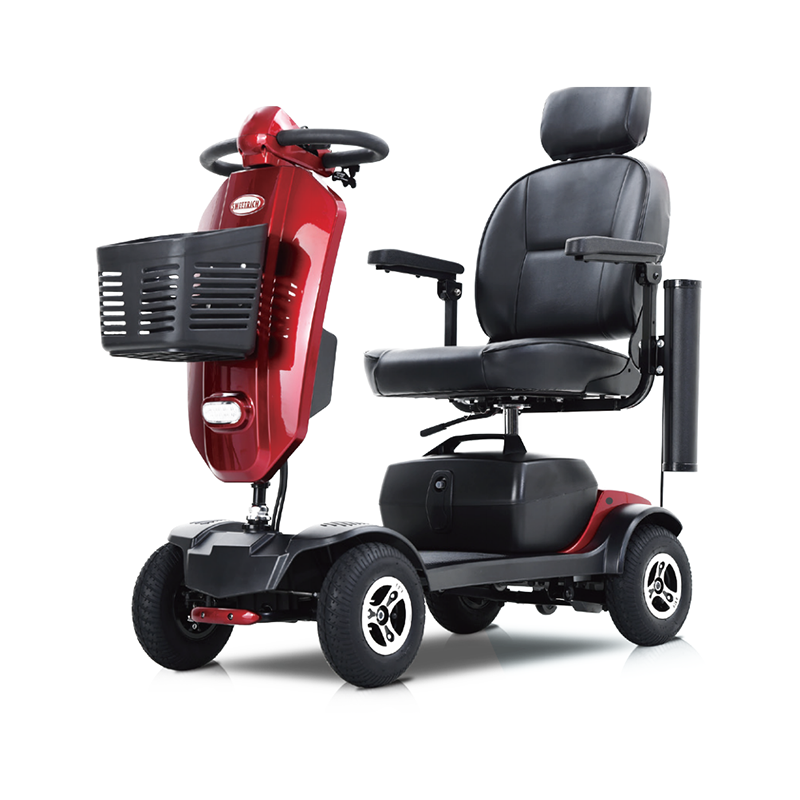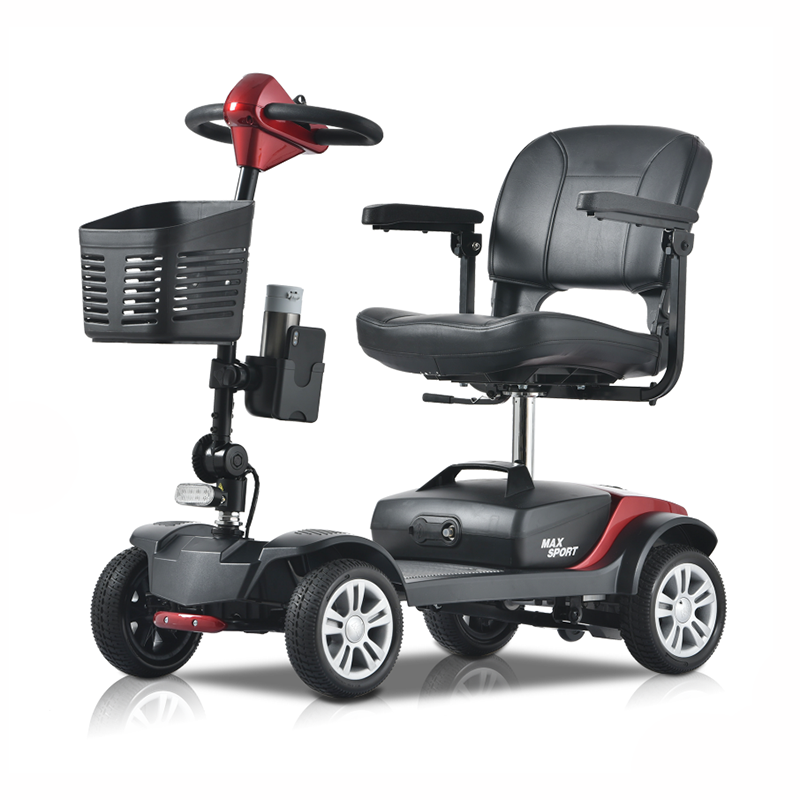In the bustling arteries of modern cities, the quest for efficient, convenient, and sustainable personal transportation has never been more intense. The daily commute often involves a frustrating mix of walking, waiting, and congestion. Enter the light weight scooter, a revolutionary mode of transport that has evolved from a child's toy into a sophisticated urban mobility solution. It's not just about getting from point A to point B; it's about doing so with agility, ease, and a touch of fun. This comprehensive guide delves deep into why a lightweight scooter is the perfect companion for navigating the urban jungle, exploring key considerations, benefits, and how to choose the perfect model for your lifestyle. We'll answer your most pressing questions, from portability to power, ensuring you have all the information needed to make an informed decision.
What Exactly Defines a Light Weight Scooter?
At its core, a light weight scooter is designed for maximum portability without sacrificing essential performance. While there's no official standard, the consensus in the urban mobility community is that any scooter weighing under 30 pounds (approximately 13.6 kilograms) qualifies as truly lightweight. This featherlight construction is achieved through the use of advanced materials like aerospace-grade aluminum alloys, carbon fiber, and magnesium. However, weight is just one part of the equation. The defining characteristic is the seamless integration of a compact, often one-click, folding mechanism. This allows the scooter to transform from a robust vehicle to a portable package in seconds, making it effortless to carry onto a bus, into a coffee shop, or store under a desk. The best models strike a delicate balance between a minimal frame weight and a powerful enough motor and battery to handle daily commutes, ensuring that the pursuit of portability doesn't mean compromising on a reliable ride.
- Weight Threshold: The sub-30-lb mark is the gold standard for easy carryability over short to medium distances.
- Material Innovation: The use of aluminum, carbon fiber, and composite plastics is crucial for shedding pounds while maintaining structural integrity.
- Folding Mechanism: A quick, intuitive, and secure folding system is non-negotiable for a true "fold and go" experience.
- Performance Balance: Engineers must carefully balance motor power and battery capacity against the overall weight goal.
Top Benefits of Choosing a Lightweight Electric Scooter
Opting for a light weight electric scooter unlocks a new level of freedom in urban navigation. The primary advantage is, unsurprisingly, unparalleled portability. The ability to fold and carry your scooter eliminates the pervasive fear of theft that plagues bicycle and scooter owners, as you can simply bring it inside with you. This portability directly translates to multi-modal commuting; you can effortlessly ride your scooter to the train station, fold it up for the journey, and then unfold it for the "last mile" to your office, seamlessly connecting different transport networks. Furthermore, their compact size makes storage a non-issue, whether in a small apartment, a crowded office, or the trunk of a car. Beyond logistics, lightweight scooters are often more agile and easier to maneuver through tight pedestrian traffic and around obstacles compared to their heavier counterparts. This combination of convenience, security, and agility makes them an indispensable tool for the modern urbanite.
- Ultimate Portability: Eliminate parking hassles and theft concerns by taking your scooter anywhere with you.
- Seamless Multi-Modal Commuting: Perfectly integrate with public transportation like buses, trains, and subways.
- Effortless Storage: Their compact form factor solves storage problems in small urban living spaces.
- Enhanced Agility: Lighter weight means quicker handling and easier control in dense urban environments.
- Reduced Physical Strain: Carrying a 20 lb scooter is vastly easier than carrying a 40+ lb model, reducing fatigue.
Key Features to Look For in a Lightweight Commuter Scooter
When searching for the best lightweight commuter scooter, it's vital to look beyond just the weight on the spec sheet. A holistic approach ensures you get a machine that is not only portable but also capable and safe. Start by evaluating the motor power, typically measured in watts. A motor between 250W and 350W is usually sufficient for most urban terrains with mild inclines. Next, consider the battery capacity, measured in Watt-hours (Wh), which directly determines your scooter's range. For a typical commute, a battery offering 10-15 miles of range is a good starting point. The braking system is critical for safety; look for a combination of electronic (regenerative) braking and a mechanical disc or drum brake for reliable stopping power. Don't overlook the tires: air-filled (pneumatic) tires offer a smoother ride by absorbing bumps better than solid tires, but they require maintenance and can puncture.
- Motor Power (250W - 350W): Provides a good balance of speed and hill-climbing ability for city use.
- Battery Range (10-15+ miles): Ensure the range comfortably exceeds your daily round-trip distance.
- Dual Braking System: A combination of electronic and mechanical brakes offers redundancy and safety.
- Tire Type: Pneumatic tires for comfort vs. solid tires for puncture resistance.
- Build Quality & Warranty: A sturdy frame and a good warranty period indicate a reliable product.
Lightweight Scooter vs. Heavy-Duty Scooter: A Quick Comparison
Choosing between a lightweight model and a heavy-duty scooter is a classic trade-off between portability and performance. Understanding this dichotomy is key to making the right choice for your needs.
| Feature | Lightweight Scooter (<30 lbs) | Heavy-Duty Scooter (>40 lbs) |
| Portability | Excellent. Easy to carry and store. | Poor. Difficult to carry for long. |
| Top Speed | 15-18 mph (typical) | 20-40+ mph |
| Range | 10-20 miles | 20-50+ miles |
| Ride Comfort | Good on smooth pavement, can be firm on rough roads. | Excellent, often due to suspension and large tires. |
| Ideal User | Multi-modal commuters, those with stairs, urban dwellers. | Long-distance commuters, thrill-seekers, off-road enthusiasts. |
Maximizing Your Scooter's Range and Battery Life
For many, the question of how far can a light electric scooter go is the deciding factor. The advertised range is usually achieved under ideal conditions: a light rider on a flat surface at a moderate speed. Real-world range is affected by several factors. Your weight is the most significant variable; a heavier rider will consume more battery power. Riding style is another major factor; frequent rapid acceleration and maintaining top speed will drain the battery much faster than a smooth, consistent pace. Terrain plays a huge role as well; climbing hills requires significantly more energy than cruising on flat ground. Even external factors like temperature can impact performance, with cold weather reducing battery efficiency. To maximize your scooter's range, adopt a steady riding style, keep tire pressure optimal (for pneumatic tires), and avoid unnecessary weight on the scooter. Proper charging habits, such as not leaving the scooter plugged in for days on end, will also help preserve the long-term health of the battery.
- Rider Weight: The lighter the rider, the longer the potential range.
- Riding Style: Smooth acceleration and a steady cruising speed conserve energy.
- Terrain: Flat routes are far more efficient than hilly ones.
- Tire Pressure: Properly inflated tires reduce rolling resistance.
- Battery Care: Avoid deep discharges and store the scooter in a cool, dry place.
Essential Safety Gear and Riding Practices
Regardless of a scooter's weight or speed, safety must always be the top priority. The minimalist nature of a scooter means you are exposed, making protective gear essential. A properly certified helmet is an absolute non-negotiable item; it is the single most effective way to prevent serious head injury. Beyond the helmet, consider additional protection like knee and elbow pads, especially when learning or riding in heavy traffic. For visibility, especially at night, use lights and reflective clothing. In terms of riding practice, always assume that drivers and pedestrians do not see you. Be predictable, signal your intentions, and obey all local traffic laws. Avoid riding on sidewalks where prohibited and be extra cautious at intersections. Regularly performing a pre-ride check of your scooter's brakes, tire pressure, and lights can prevent accidents caused by mechanical failure. Remember, a light weight scooter is incredibly fun and convenient, but respecting its power and the road environment is key to a safe ride.
- Helmet: Always wear a certified bicycle or multi-impact helmet.
- Visibility: Use front and rear lights, plus reflective elements on clothing or backpack.
- Protective Gear: Elbow and knee pads are recommended for all riders.
- Defensive Riding: Stay alert, make eye contact with drivers, and avoid blind spots.
- Regular Maintenance: Check brakes, tire pressure, and fasteners before every ride.
FAQ
What is the average weight of a light electric scooter?
The average weight of a quality light electric scooter typically falls between 26 and 33 pounds (12 to 15 kg). However, the most portable models designed for maximum carryability can weigh as little as 20-25 pounds (9-11 kg). These ultra-light models often achieve their low weight by using premium materials like carbon fiber and may feature slightly smaller batteries to save weight. It's important to note that weight is a direct trade-off with features like battery size, motor power, and suspension. When considering weight, also factor in how you'll be carrying it and for how long, as a few pounds can make a significant difference in comfort over distance.
Are lightweight scooters suitable for riding on hills?
The suitability of a lightweight scooter for hills depends heavily on the motor power and the weight of the rider. Most lightweight models are equipped with motors in the 250W to 350W range. A 250W motor can typically handle gentle inclines with a lighter rider, but will slow down significantly on steeper hills. A 350W motor offers noticeably better hill-climbing ability. For areas with consistent hills, looking for a scooter at the higher end of this power range is advisable. It's always best to check manufacturer specifications for the scooter's gradeability (often given as a percentage) and seek out independent reviews that test hill performance in real-world conditions.
How do I maintain my lightweight scooter to ensure its longevity?
Regular maintenance is crucial for keeping your light weight scooter running smoothly and safely for years to come. First, keep the scooter clean and dry, especially after riding in wet conditions, to prevent corrosion and electrical issues. Regularly check and tighten all bolts and fasteners, as vibrations from riding can loosen them over time. For scooters with pneumatic tires, maintain the correct tire pressure to improve range, ride comfort, and prevent pinch flats. Brakes should be inspected regularly for wear and adjusted as needed. For the battery, avoid exposing the scooter to extreme temperatures for prolonged periods and try not to drain it completely before recharging. Finally, store the scooter in a dry, indoor environment.
Can I take a lightweight electric scooter on public transportation?
Policies regarding light electric scooters on public transportation vary greatly by city and transit authority. Generally, because they are compact and foldable, lightweight scooters are widely accepted on buses, trains, and subways during off-peak hours. However, it is absolutely essential to check the specific rules of your local transit agency. Some may require the scooter to be fully folded and sometimes covered with a bag. They may also prohibit them during rush hour due to space constraints. Always be courteous to other passengers by folding the scooter and placing it in a way that does not block aisles or seats. When in doubt, a quick call to the transit provider can clarify their policy.
What is the typical price range for a good quality lightweight scooter?
The price of a good quality light weight scooter can vary based on features, materials, and performance. Generally, you can expect a reliable entry-level model with basic features to start around $300 to $500. The mid-range segment, between $500 and $800, offers a significant jump in build quality, better motors (often 300W-350W), improved batteries for longer range, and enhanced features like better braking systems and app connectivity. High-end lightweight models, often utilizing carbon fiber for extreme weight reduction, can cost anywhere from $800 to $1,500 or more. Investing in a scooter from a reputable brand within your budget is recommended for better safety, reliability, and customer support.

